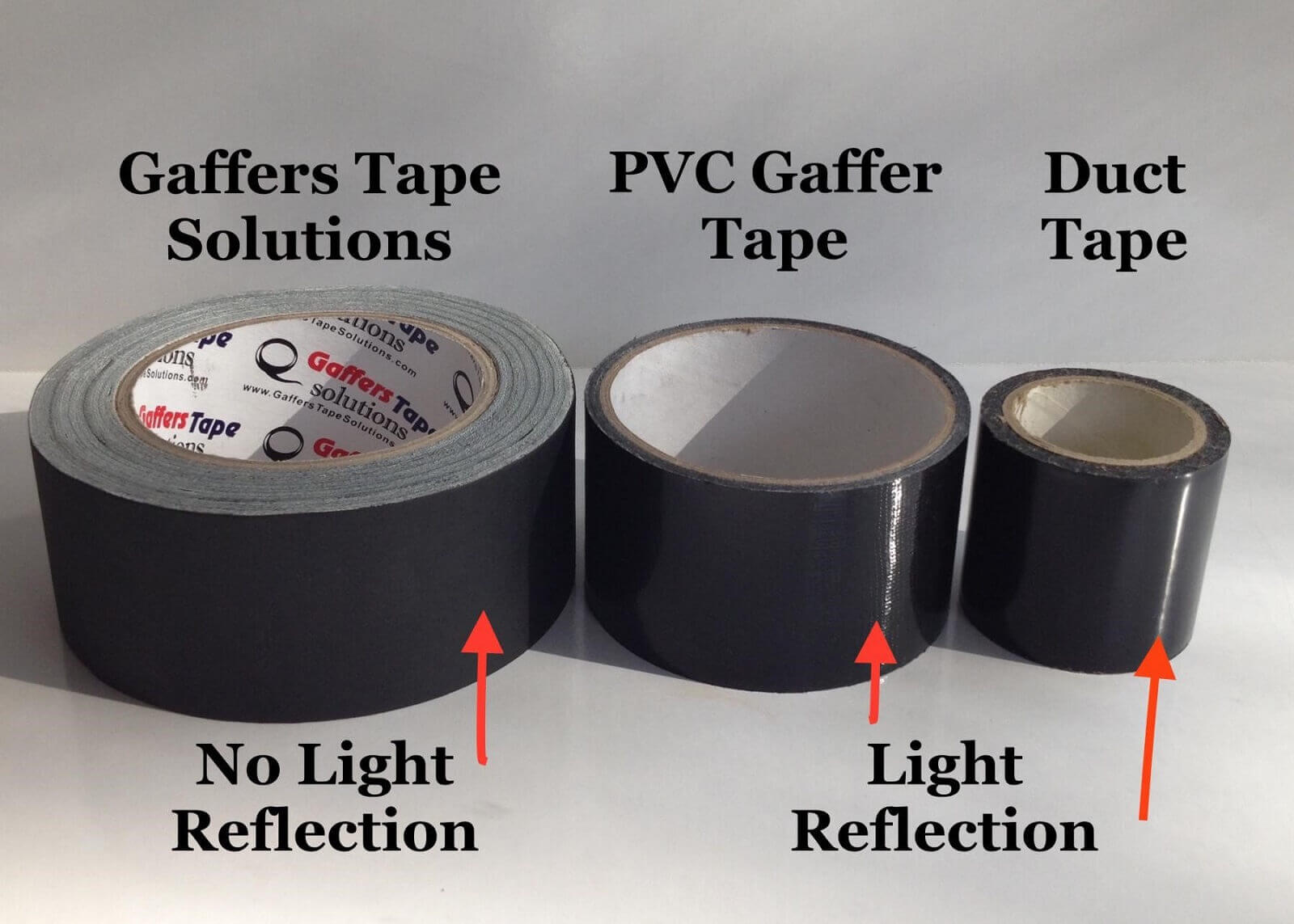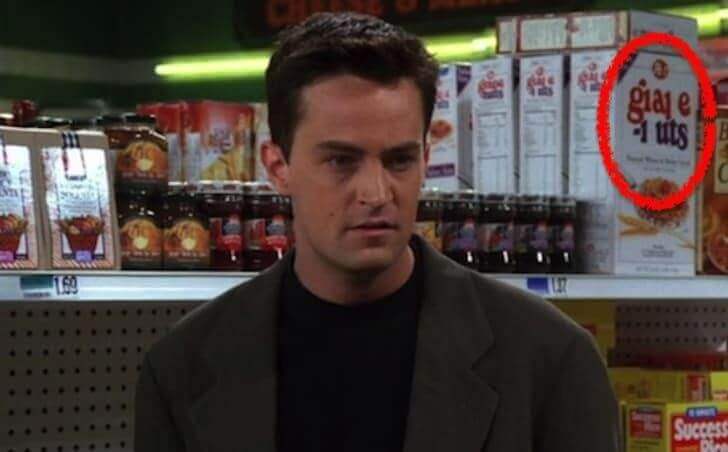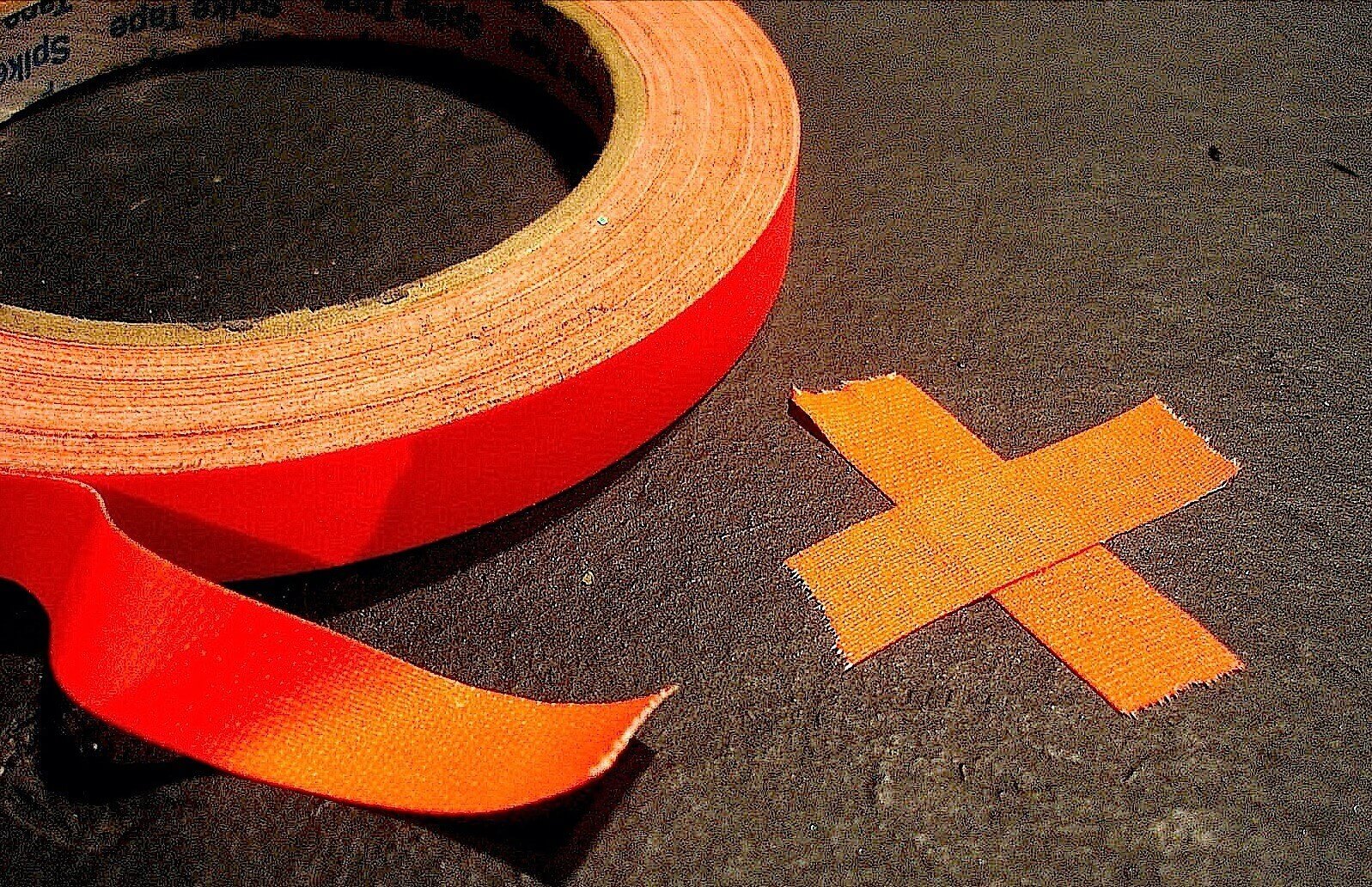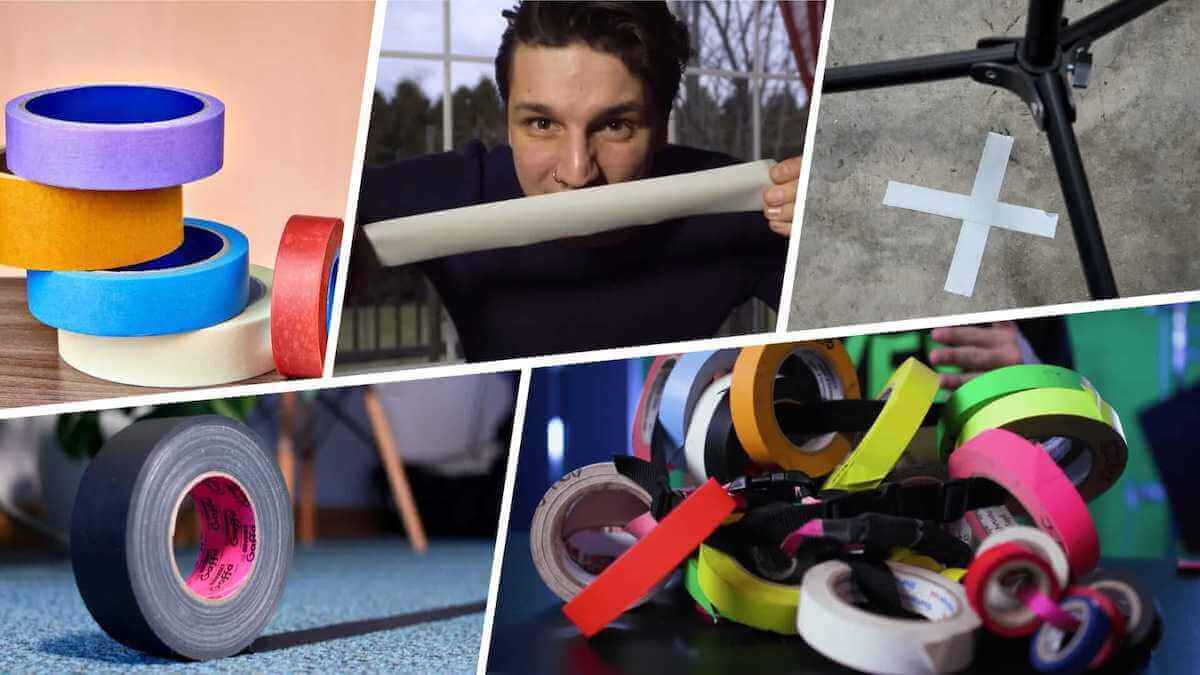You think you know what gaffer tape is, but do you really? In this post we’re going to explain everything you should know about gaffer tape: what is gaffer tape, how does it work, and why is it so bloody expensive.
You’ll learn how to tear it off the roll, how to make cables safe for pedestrians, and even what to look for in purchasing your own, personal roll of gaffer tape.
What is Gaffer Tape?
First, let’s define gaffer tape
Gaffer tape (or “gaffers tape” but more commonly called “gaff tape”) is distinct from other kinds of tape for a number of reasons. It was created in the late 1950s specifically for filmmakers and photographers by the great lighting designer Ross Lowell.
Why it’s called “gaffer tape” isn’t entirely known. However, it’s likely that that was simply the name Lowell gave his new product, since he invented it for use on film and photography sets, both of which employ Gaffers to set the lighting.
GAFFER TAPE DEFINITION
What is gaffer tape?
Gaffer tape is a cloth-backed, high-tensile tape with a matte finish. Its adhesive chemical composition makes it both strong enough to stick to any surface indefinitely, as well as easy to remove later on. Gaffer tape also has a high melting point, meaning it can be used on lighting equipment that often gets extremely hot. And it can stick to almost any kind of surface, including fabric.
Characteristics of Gaffer Tape:
- Is not reflective
- Leaves no adhesive residue on any surface
- And is heat resistant
Gaffer Tape vs Duct Tape
What is gaffer tape as compared to duct tape, you might ask. Well, what makes gaffing tape unique — and the reason it is so expensive — is the proprietary adhesive. In addition, the cloth backing gives gaffers tape incredible strength, and is non-reflective.

Gaffer tape vs duct tape
Ordinary tape, including duct tape (or “duck” tape), is made with a vinyl or plastic backing. Duct tape is a decent alternative for a lot of things on set, because it too is made with a cloth backing.
BUT…
Duct tape uses an especially sticky adhesive that often takes a lot of effort to remove from non-porous surfaces, and which often leaves residue behind. This is particularly troublesome when used on cables and stingers, or painted surfaces like windows and walls.
Gaff tape uses a proprietary formula adhesive that can be easily removed from just about any surface without leaving any residue. It can also stick to any surface, whereas duct tape doesn’t stick to things like carpeting and other surfaces very well.
Finally, duct tape’s backing is reflective while gaffers tape is not. This means that gaff tape is less noticeable, especially if it’s applied to something that might be at the edge of your frame.
Uses for Gaffer Tape
Know how to use gaffer tape
You can use gaff tape for just about anything on set, but there are some specific things you’ll be doing with it on each set you work on. Before we get to that, however, let’s start from the very beginning: how to tear gaffer tape.
How to Tear Gaffer Tape
You’d be surprised how much trouble people have tearing gaff tape if they don’t know its secret. You can practice this technique on other kinds of tape as well. That way you’ll look like an old hand once you get to set.
Now let’s take a look at some of the ways you’ll be using gaffing tape on set.
Overview of Gaffer Tape
As you can see from the video, there are lots of ways we use gaffer tape, not all of them necessarily production related. But one of the main ways you’ll use gaffing tape is to gaff lighting cables and extension cords (aka “stingers”).
Gaffing cables
Black Gaffer Tape
This is the most used tape because it’s the least noticeable so can be used for almost anything. It’s also the most commonly available.
One of the common things we use black gaffer tape for is called “greeking” an object. Sometimes there is a logo or other potentially trademarked or copyrighted object (like a sign) that might be in a shot, but can’t be moved or framed out.

Product greeked with white gaff tape
Covering that object with gaff tape (of any color) keeps it from being legible, identifiable, or sometimes even noticeable. We do this for a couple of different reasons.
- to avoid litigious location reps who might object to the production using their trademarked thing.
- to avoid having to pay a licensing cost, especially if the company is a well-known product or brand.
- if the object is offensive or racist, etc.
White Gaffers Tape
White gaff tape is mostly used for semi-permanently labeling things. That’s because you can write on it with any color and it will still be clearly visible.
You’ll see white tape used on the clapperboard (“slate”) to keep it tidy, on lavalier power packs and walkies that are assigned to specific people, and on mixing boards.
You’ll also use white gaff tape to repair bounce cards; or on any white surface that might be causing a reflection in the shot.
Colored Gaff Tape
Other colors of gaff tape are used for things like signage and labeling. You’ll mostly see colored gaffers tape used by the Second Assistant Camera (2AC) to label actor marks.

Spike tape
Actually, there is a special kind of gaff tape called “spike tape” that’s specifically for actor marks. This is narrower and has more of a paper backing (like painter’s tape), which makes it easier to remove from things like carpeting.
Like regular gaff tape, spike tape comes in many colors. Each color should be used for the same actor throughout the shoot to avoid confusion.
Shopping for Gaff Tape
Know what to look for in gaff tape
Once you’ve been working with gaff tape a while, you’ll start to have your own preferences. But if you’re a set Production Assistant, you might find yourself being sent on a run to get more.
If that happens, you’ll need to know where to buy gaffing tape and what you should be looking for. This video offers a great introduction:
What tape do I need?
If there’s a production or rental house nearby, that would be the best place to get your gaff tape. They'll also be able to answer any questions you might have.
Some large chain hardware stores carry black gaffer tape, but make sure it’s not actually just duct tape with a low-gloss finish. It’s the non-residue-leaving adhesive you’re paying for in true gaff tape.
As you can see there are lots of kinds of tape, one for each different kind of job you might need it for. But unless another kind is specifically requested, you can never go wrong with regular three-inch black gaff tape.
Three-inch gaff tape is arguably the most cost-effective purchase because it can be torn into smaller widths as needed. And black tape is always useful, whereas colored tape can really only be used in certain instances.
UP NEXT
What is a Gaffer and what do they do?
The Gaffer is an indispensable part of any production but what is a Gaffer? In this post we’re going to break it all down for you, including the responsibilities and expectations of the role, and tips on how to land a job as one.
Up Next: Gaffers explained →
Showcase your vision with elegant shot lists and storyboards.
Create robust and customizable shot lists. Upload images to make storyboards and slideshows.
